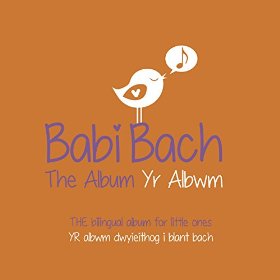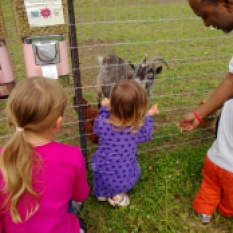 Research has shown that singing increases happiness and emotional well-being. People feel happier after singing than simply listening to music, probably due to the release of neurochemicals in the brain.
Research has shown that singing increases happiness and emotional well-being. People feel happier after singing than simply listening to music, probably due to the release of neurochemicals in the brain.
It isn’t news to me that singing lifts your mood. The quiet teenager that would skip along the road after my weekly singing lesson, head held high and ready to conquer the world is testament to that. When I sang I came alive, through singing I could truly let go. I grew up loving musicals, perhaps because it is perfectly acceptable to sing and dance down the road in a musical and everyone is always happy.
Singing as a group has additional benefits, according to recent research from Oxford University. Singing in a group encourages social bonding, and singing groups form friendships more quickly than in other group activities. Group dancing also produces similar results, suggesting that a shared musical experience and working together are key factors. Many of my closest friends were made during my musical theatre days and joining choir was the perfect way to meet people and make friends, when moving to a new country. A large proportion of the ladies in my choir joined because they were new to the area and wanted to meet new people, whilst sharing their passion for singing. Perhaps if we mix in a little dance we will be even closer?
Singing is a natural way for parents to bond with babies . As a singer, I instinctively sang to my newborn babies when I was alone with them for the first time. Often a parent will get their first reactions from a baby when they sing to them. Smiles, laughter, calming, eye contact or gesture can all be encouraged through singing.
When my eldest was born, I felt privileged that as an early education teacher, I knew lots of songs to share with my baby. With this in mind, I started a baby music group with my antenatal group. My aim was to reach out to others and introduce them to songs that they could share with their babies. With hindsight, this not only helped the babies but also gave this group of new mothers the chance to socialise, at one of the most vulnerable times of their life. As new mothers singing to their babies, it didn’t matter if they felt they ‘couldn’t sing’ and we quickly built strong friendships.
Group singing was an important part of my teaching day and something I was very comfortable leading. This confidence wasn’t shared by all the teachers but some approached singing time with enthusiasm and energy, even if they believed their own singing voices to be terrible. The children responded to the teachers who could have fun and draw them in, musical proficiency was never a factor. Singing in a group is a fundamental part of many preschool settings and is one of the ways in which children learn to work together. In order to create a unified sound the children have to listen to one another and share in the experience together.
Young children are instinctively drawn to music and dance and sing without restraint. This usually remains with them until the age at which they become self-conscious and concerned about whether they are good enough. Reluctance to sing may also arise as singing becomes performance focused rather than purely for pleasure.
One of my favourite memories of Christmas time, was the year my great aunts came to visit my grandparents. The sisters sat around the keyboard as my Auntie played and we all sang for hours. That family togetherness is difficult to replicate in other situations. My great aunts grew up in the era before television, when singing around the piano was part of everyday life. I believe that it is important for children to see that singing (and dancing) isn’t about winning a talent show. Sing along to the radio on car journeys, make up silly songs or fire up some karaoke videos and sing along.
When we have friends around it nearly always ends up with a round of karaoke and it has paved the way to some of the best parties. I love that young and old, singers and non-singers join in and it is always accompanied by laughter and friendship.







































